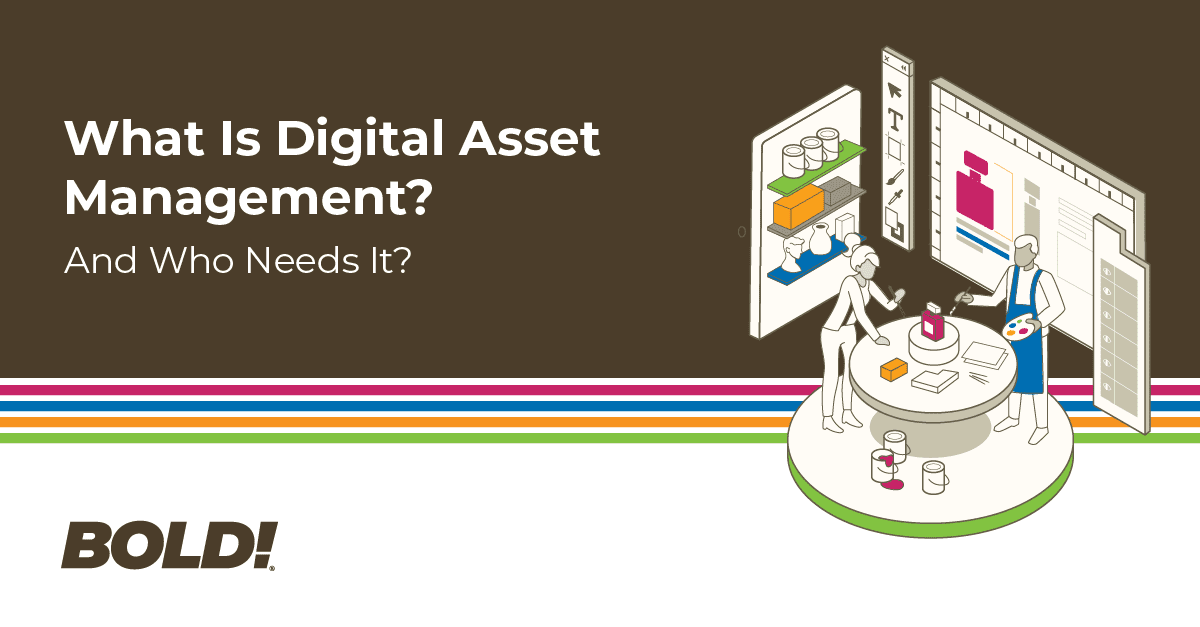In a physical store, your customers can touch, examine, and even try your product before deciding to buy. Online, your listing must convey that experience to them — meaning products need images, videos, and more to show up well on the digital shelf. Try managing that across 100s of SKUs and 30+ retailers, each with their own specifications, and you’ve got a lot of data on your hands.
An effective Digital Asset Management system (comedically known as a “DAM”) can help. Let’s explain what that means.
Digital Assets = online content. Item descriptions, product images, video, logos, testimonials, lifestyle photography, and more. The pieces and parts that make up your product and brand, and the metadata that explains how and when to use them.
Management = where and how these assets are organized, stored, and shared. The structure should be intuitive and searchable, so the average employee (or external agency partner) can find what they need quickly and efficiently without asking questions.

So, what does DAM mean for your eCommerce business?
- Efficient creative processes: A DAM system helps streamline the behind-the-scenes creative workflow, reducing time to market as your inventory expands. Designers can easily build off one another’s work, so they avoid duplicating efforts for each product and retailer. A DAM also helps you to version across your retailers — Amazon, for example, has different specs than Walmart and Kroger. The DAM will let you establish rules on how your content is / isn’t applied to individual retailer templates. Although each retailer does have differences, make sure good strategies are amplified uniformly across the board.
- Faster, more effective marketing: With a single source of truth for on-brand content and imagery, marketers can focus their energy on your next great campaign. No more digging for the most up-to-date file, the marketing team and all of their internal and external partners can quickly find approved, current product assets right at their fingertips.
- Keep up with evolving technology: With eCommerce technology always growing and evolving, customers expect new and more sophisticated ways to learn about the products and brands that they are considering. As 360 views and virtual reality experiences, like Amazon’s “View in Your Room,” become the norm, there will be even more unique assets to create and manage.
- Establish brand consistency: Every touchpoint with your company — from your product listing to social media ads to email messaging — should reaffirm your company’s brand identity. A consistent brand is more easily recognized and trusted, and 86% of consumers are willing to pay more for something when it comes from a brand they trust (Salsify Consumer Research Report 2021). If every employee can access the latest and greatest assets through an effective DAM system, brand consistency happens naturally. With dozens of competitors on the digital shelf, you want your customers to know and recognize your brand as their top choice.

eCommerce is complicated but DAM is one of the enablers that can make it just a bit more easy. For brands that are just starting out, DAM systems may be overkill. Once you’re established or in expansion mode, however, it’s a tool that you can’t live without.
Are you looking to improve your brand’s presence at major eRetailers? BOLD’s eCommerce specialists, including our in-house creative team, can help you showcase your products on the digital shelf. Schedule a strategy session with our Solutions team to get started!






